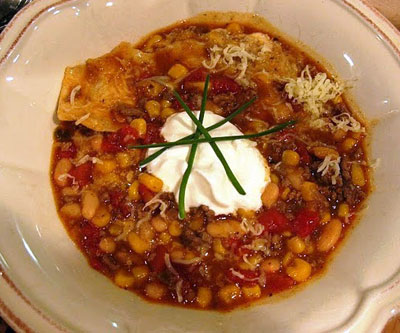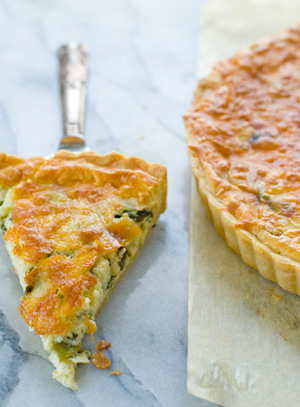 I call this the 1-2-3 dinner because just like that, snap, and it's ready.
I call this the 1-2-3 dinner because just like that, snap, and it's ready.
On the way home yesterday, after spending the afternoon at a museum with my boys, my eight-year old begged me to make this for dinner. It's one of his favorite meals and he knows he doesn't have to wait long for me to whip this up.
"Mom, please make the 1-2-3 chicken tonight, it's soooo good. I really, really want it and it's so yummy.
So here it is, dinner in a flash, ready so fast there's even time to take pictures!
I know I saw this recipe in a magazine, however I can't remember which one. I've made it so many times, I have it memorized. I also don't remember if this dish had a name, so let's call it Tangy-Sweet Plum-Spiced Chicken, a shout out to the plum jam and Chinese five-spice powder used in this recipe.

 So any dish that I can make one day, eat it the next two or so, and enjoy it every time is a winner in my book. Soups and stews are most always better once they have “set” and allowed their flavors to thoroughly combine. This stew slash thick soup is of no exception. Delicious right out of the pot and just as good the next day, my Mexican Stew is an easy winner.
So any dish that I can make one day, eat it the next two or so, and enjoy it every time is a winner in my book. Soups and stews are most always better once they have “set” and allowed their flavors to thoroughly combine. This stew slash thick soup is of no exception. Delicious right out of the pot and just as good the next day, my Mexican Stew is an easy winner.
 Generally, on Cinco de Mayo, we go out to one of two of our favorite Mexican restaurants. I grew up going to Casa Vega. It truly is, in my opinion, the best, authentic restaurant in Los Angeles. The enchilada sauce is perfection, the crispy tacos with shredded beef cannot be beat, and the margaritas kick your butt. More importantly, it holds a whole lot of nostalgia for me. Another favorite is Lucy’s Cafe El Adobe. There is really nothing better than their bar-b-q beef tacos!
Generally, on Cinco de Mayo, we go out to one of two of our favorite Mexican restaurants. I grew up going to Casa Vega. It truly is, in my opinion, the best, authentic restaurant in Los Angeles. The enchilada sauce is perfection, the crispy tacos with shredded beef cannot be beat, and the margaritas kick your butt. More importantly, it holds a whole lot of nostalgia for me. Another favorite is Lucy’s Cafe El Adobe. There is really nothing better than their bar-b-q beef tacos!
